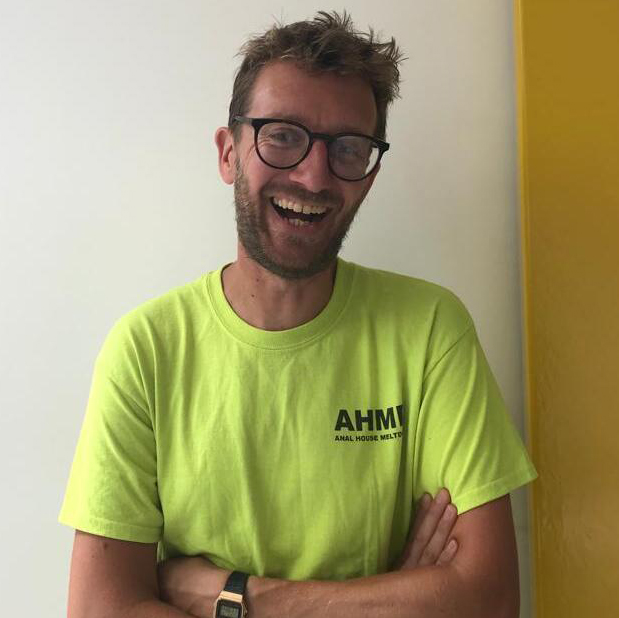How the hunt for a lost Moog in India unearthed a groundbreaking collection of '60s electronic music that was miles ahead of its time: "It blew everything wide open"
Artist and author Paul Purgas shines a light on an archive of visionary sounds recorded during a radical period of experimentation at Ahmedabad's National Institute of Design
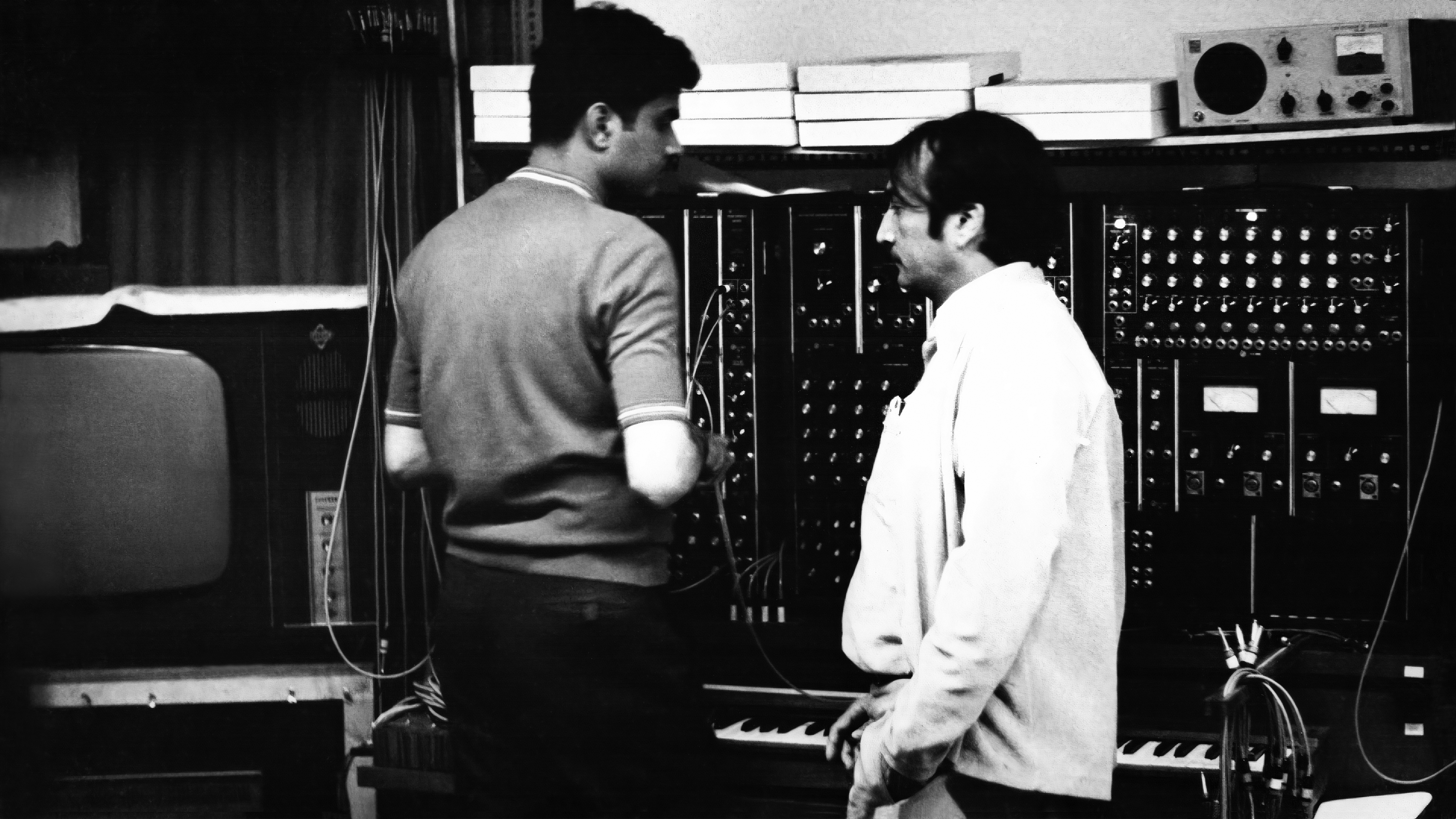
When Paul Purgas visited Ahmedabad’s National Institute of Design (NID), he never thought he’d uncover previously hidden histories that challenge conventional Western narratives of electronic music.
The artist, archivist and now author visited the Indian institution after seeing a tweet revealing how experimental composer and musician David Tudor spent time in Ahmedabad in 1969, brought a Moog to the NID and worked in their studio. Paul set out to try to track down the Moog itself but it proved to be inaccessible from the owner.
“I had five days there so ended up going back to the NID archive and tried to find some photos of the instrument instead,” says Paul. “I was going through and discovered a note that said ‘tapes for David’ in a handwritten catalogue from 1969.”
“I realised very quickly that they were recordings of David Tudor’s work alongside the music of five other electronic music composers who were seemingly working with the Moog up until 1972. It just blew everything wide open for me.”
It started Paul on an ongoing voyage of dramatic discoveries. After creating the BBC’s Electronic India documentary, music from this initial find has now been compiled on The NID Tapes: Electronic Music from India 1969-1972. This release chronicles unheard electronic and groundbreaking experimental works from Indian composers Gita Sarabhai, I.S. Mathur, Atul Desai, S.C. Shama and Jinraj Joshipura.
“I’m someone from the Indian diaspora who has grown up listening to electronic music, mostly from Europe and America, and never feeling like I had a personal cultural context within this continuum,” says Paul. “Discovering this music made me suddenly feel like there were people in my own cultural background exploring avant-garde electronic sounds. It’s just incredibly inspiring.”
Imagining tomorrow
The initial idea behind the trip stirred after he saw that first Tweet. A conversation with the team at Moog followed and they agreed that if David Tudor’s instrument could be located, then they would restore it.
Get the MusicRadar Newsletter
Want all the hottest music and gear news, reviews, deals, features and more, direct to your inbox? Sign up here.
“I went to the NID in 2018 and it became apparent that the Moog was under the ownership of a former student who was running a home for stray cats and dogs around the back of the airport,” Pau explains.
Realising he was unable to extricate the Moog from its then-home, he went back to the NID archive to do more digging - which is where he found the tapes. Out of the 19 tracks compiled on the release, SC Sharma’s Dance Music immediately struck Paul, particularly as a lifelong lover of house and techno.
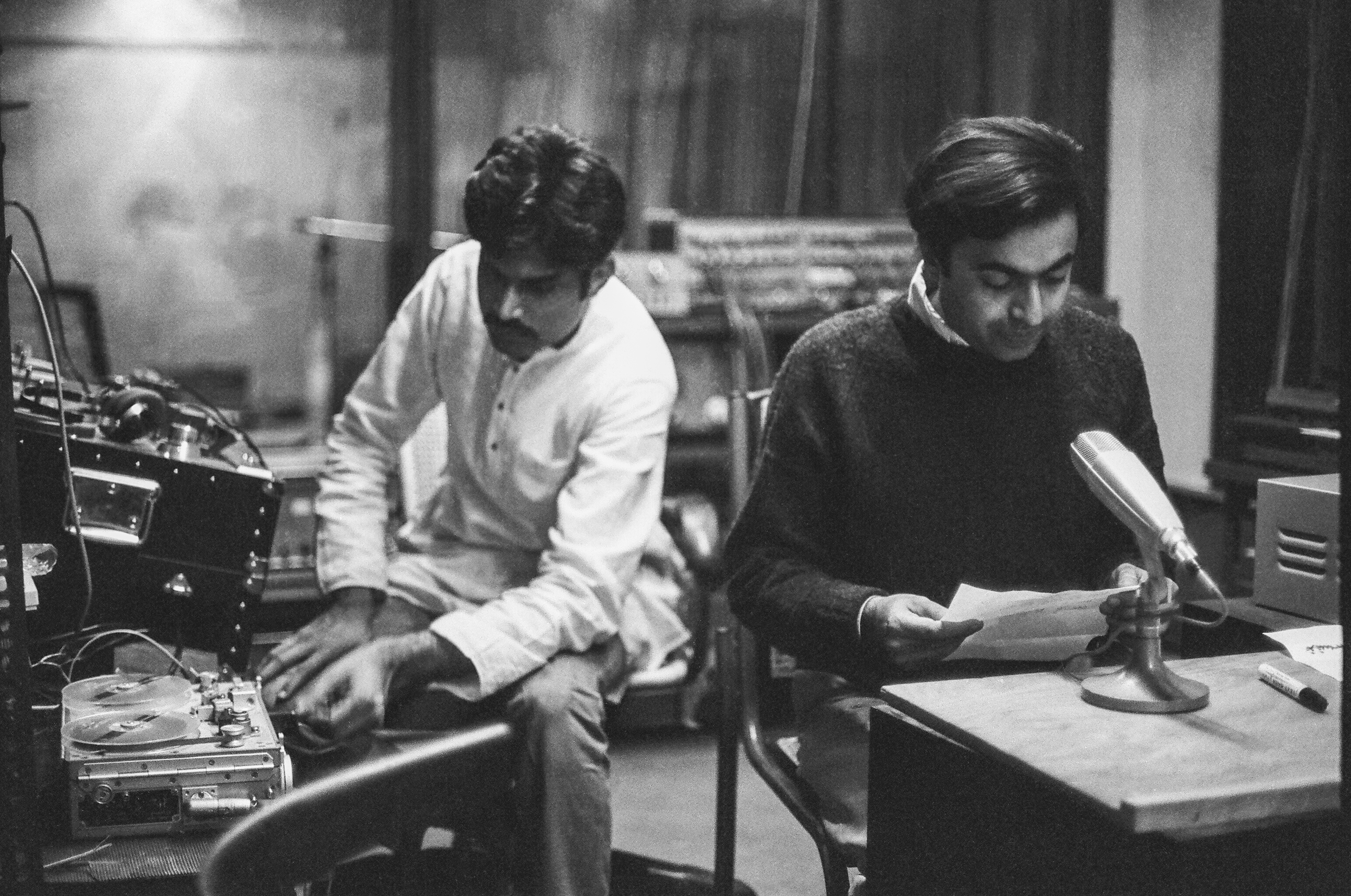
“It was fascinating to hear this proto-Indian version of dance music,” he says. “It feels like it sounded somewhere between traditional Indian approaches to rhythm and parallel ideas taking place in krautrock from that period too.”
The two, sparser Space Liner 2001 tracks from architecture student Jinraj Joshipura are otherworldly and draw on sci-fi themes, capturing the expanse of the universe in their alien textures.
“It’s beautiful to see Jinraj sit in this era of Indian futurism that was happening around the late sixties,” Paul says. “It embodies this idea of how electronic music was about more than just composition and scoring but also envisioning what the future could be like. There was a sci-fi theme in India at the time and this is one of the very few sonic examples of that thinking.”
The NID studio
The NID was founded by the Sarabhai family in the sixties, textile patrons who had connections to the European and American avant-garde, artists and creatives including John Cage and Robert Rauschenberg alongside David Tudor. At the time, Jawaharlal Nehru, India’s first post-independence Prime Minister, was exploring how culture, art and technology could be deployed to accelerate the modernisation of the country. India was granted independence in 1947 and the NID was born out of bold ambitions to build the new nation.
“There is a sense that in India, particularly between 1947 and the seventies, there was this utopian exploration within culture and design, an urge to build this new national consciousness and reimagine what a new India might be,” Paul explains. “The tapes capture that spirit and energy, without a lot of the baggage that many European and US timelines of electronic music carry.”
Alongside the custom-built Moog, the NID had two Ampex 350 tape machines, a quad stereo tannoy system, a Moog mixer and module mixer. Prior to Tudor’s arrival, some were already beginning to experiment with tape decks, field recordings and basic collage of sounds.
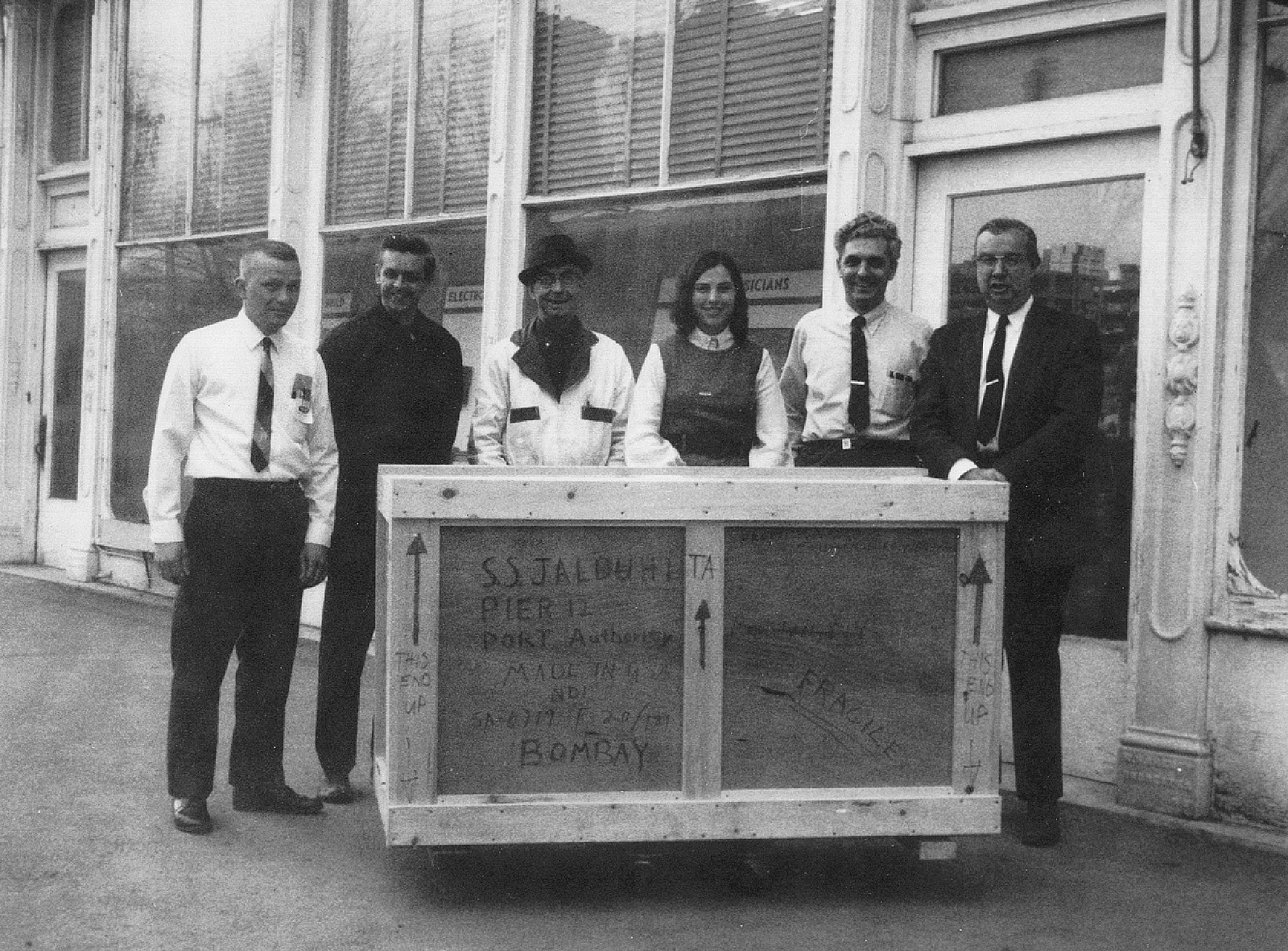
“Up until Tudor’s arrival, these experiments were more tape-oriented, then they evolved into synthesis,” says Paul. “The Moog came with a rhythm controller and it was only a year later that it was fitted with a keyboard. This led to interesting sounds as they were working with non-Western scales.”
Out of the composers, Gita had previously studied with John Cage in New York in the 1940s and was immersed in the ideas of the American and European avant-garde. She collected music from Karlheinz Stockhausen, Wendy Carlos and Terry Riley, much of which was played out loud across the NID campus PA system during lunchtimes.
“The use of the equipment was in its infancy but there was a definite curiosity, awareness and interest at the NID,” says Paul. “You can hear in the tape this diverse range of approaches and the compositions are liberated, free spirited expressions.”
Restoration
On finding the tapes, it became clear to Paul that they were important and started a journey of restoration involving the British Library and working with David Kennedy (better known as producer and Hessle Audio cofounder Pearson Sound).
“I didn’t play anything when I first came across them,” he says. “There was a reel to reel tape machine which I touched and gave me an electric shock - then I realised it was symbolic that I needed to stop and think for a second about what to do with what I’d found.”
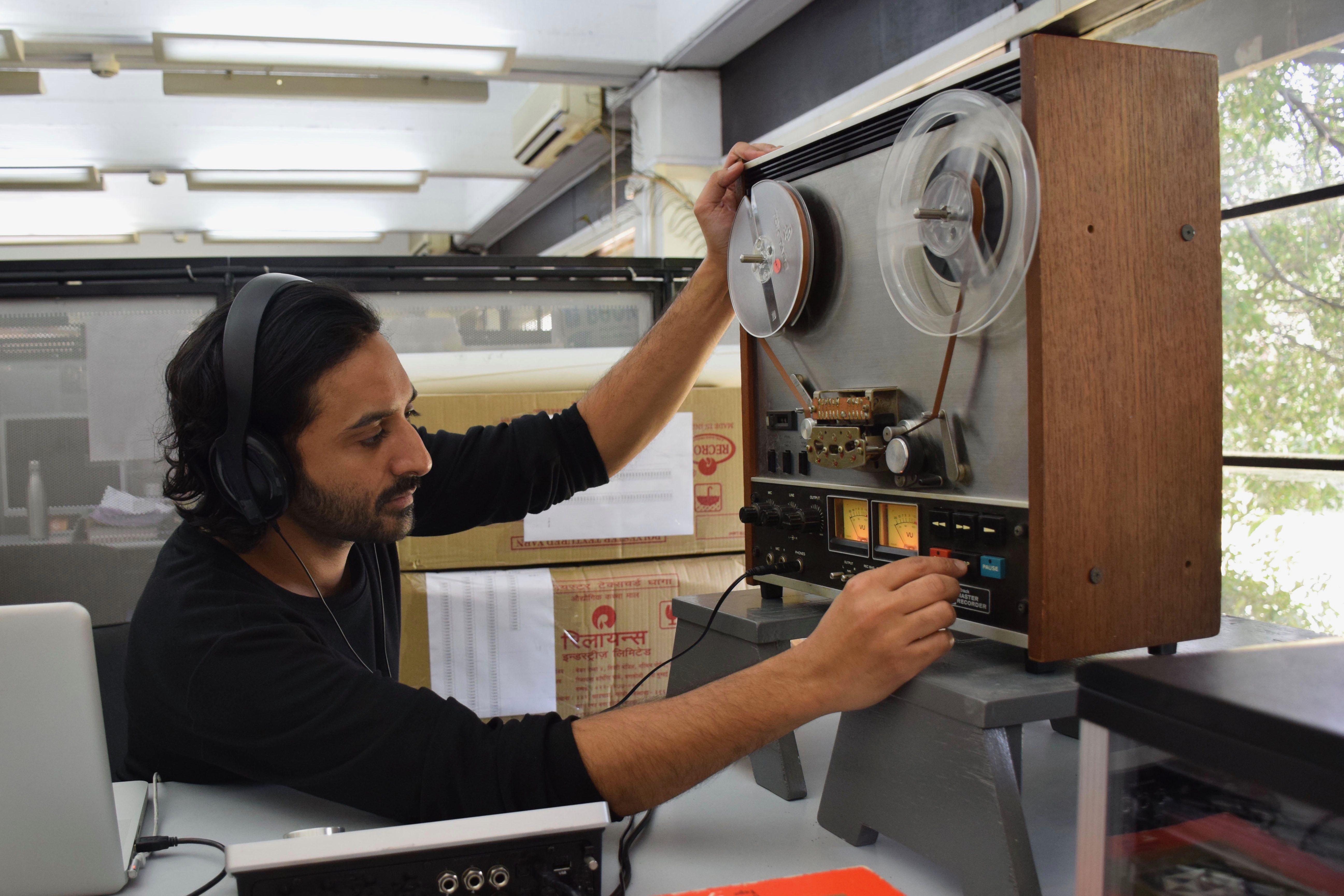
When some of the chemical fibres have degraded, some methods for tape conservation and digitising tapes can involve baking. So in 2018 Paul returned to the NID with a food dehydrator and did his best to digitise what he’d found.
“The earlier tapes were single takes of people’s ideas,” he says. “As they went into the seventies, tape editing became part of them. The tape of Dance Music, which is from 1972 had about 100 splices that were holding it together, many of which fell apart as I picked it up. You could see that ideas had shifted away from a single tape bounce into this forensic, DAW-style editing but on tape - you could see the evolution of the material across the archive.”
Exploratory experiments
David Tudor conducted workshops at the NID during the autumn of 1969, then left a few months later. Rather than this signalling the demise of the institute’s musical energy, his departure spurred the composers to explore their creativity even further.
“Away from any oversight, their work started to expand into very exploratory experiments and the excitement for electronic music to act as a transformative force,” he says. “However, after the Sarabhai family disengaged from the NID, the funding conditions began to collapse and the radical thinking surrounding electronic music started to fall away.”
This sense of what could have been was encapsulated in the NID’s Soundscape event, a night of multimedia and sound which saw 20,000 attendees. Paul believes this was a landmark moment for the composers and the music.
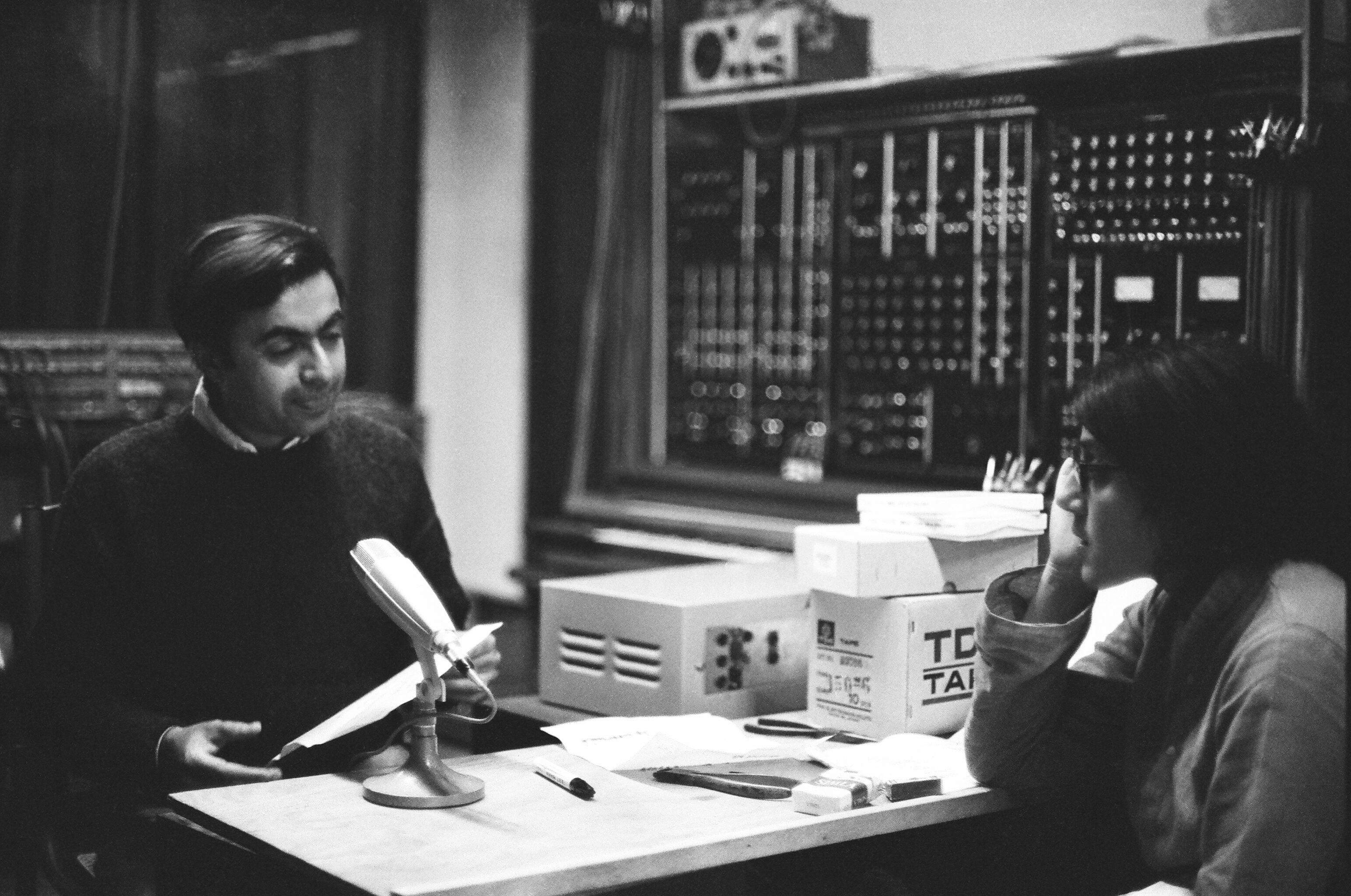
“It was a huge presentation for the NID of electronic sound and this integration into light shows and multimedia projections,” he says. “It’s significant as it took the music beyond the studio and the composers to meet an actual audience, and gives an insight into the ideas of what could have been possible if there had been more ongoing support.”
Still, despite this period of creativity being intense yet brief, many of the composers featured on the compilation went on to pursue creative careers in music, architecture, academia. Gita Sarabhai became a significant patron of electronic music while Atul Desai embarked on his own Indian classical music concert career.
“Atul would often travel to America to meet with David Tudor, there is an account of him visiting Tudor in the seventies and going to John Cage’s studios to work together,” Paul says. “Along with the support of S.C. Shama, another NID composer, set up his own studio and those two continued a lifelong friendship.”
Chasing shadows
With such a fertile amount of music and history from this brief period, it seems likely that there are other musical tales waiting to be told from within South Asia and the wider diaspora.
“I hope this work at the NID will shake some of the ground a little bit, and get people to think about other contexts and situations,” Paul says. “I’m very interested in Bombay, Mumbai and Bollywood, as I’m sure there were people who were using studio contexts outside the commercial paradigm and making exciting material. Then, as we get to the early eighties we’ve got Charanjit Singh’s 10 Ragas To A Disco Beat and other higher-profile artists.”
Paul has visited India multiple times over the years to piece together the stories surrounding the NID, missions that have raised questions about the way in which music culture is considered.
“The level of archiving and cataloguing, the recording of that history, outside of Europe in a non-institutional framework, in India, is difficult,” he says. “In India, this electronic music studio was very much a curiosity so the archive is very fragmented. Trying to pick up the story is like chasing shadows.”
The archive is very fragmented. Trying to pick up the story is like chasing shadows
A forthcoming book - Subcontinental Synthesis Electronic Music at the National Institute of Design India 1969-1972 - will expand on the compilation release and previous documentary. Contributors include Geeta Dayal, David Tudor expert You Nakai and Jinraj Joshipura, the last surviving composer of those featured in the compilation. The dive into different aspects of the story adds more meats to the bones of the narrative and gives other voices an opportunity to offer their perspectives.
“It’s a story I often feel like I’m sitting at the centre of, and that makes me feel quite uncomfortable,” Paul says. “This was an opportunity to give others authorship and ownership. I see it as an extended read of the record.”
The lost Moog
Paul is not only an archivist and author but an artist in his own right, recording as Emptyset alongside collaborator James Ginzburg. The duo have released numerous albums as well as producing sonic installations at galleries including the Tate in London. Since taking on the NID project, he’s been drawn deeper into this world of modernist Indian music, design and experimental art which has had a significant impact on his own creative practice.
“It’s drawn me more towards exploring folk Indian classical techniques and thinking about how the language of modernism within India,” he says. “It’s been inspiring to develop the ways of working with sound from the archive itself and to revalue it within a broader cultural context.”

The project is bittersweet for Paul, a utopian idea which ultimately failed and was never followed through. For a brief period, some of the sounds being born in the NID’s studio were among the most innovative and creative for the time.
With the right kind of backing, this could have been the basis of a whole electronic music culture
“This equipment is just moving around the world, being picked up by different cultures at different times and being responded to in these different contexts,” says Paul. “With the right kind of backing, this could have been the basis of a whole electronic music culture. I’m very honoured to have had the opportunity to preserve and celebrate it.”
With the compilation now released, a book launch will be taking place in London to celebrate the music and the composers. For now though, David Tudor’s Moog is still tantalisingly out of reach.
“It’s in the hands of this former students’ daughter now, and she seems more understanding of its value culturally,” he says. “If the right context emerged, perhaps an exhibition to present it to the public, then I’m sure that would make a good home.“
Listen to The NID Tapes: Electronic Music from India 1969-1972 via Bandcamp.


Jim Ottewill is an author and freelance music journalist with more than a decade of experience writing for the likes of Mixmag, FACT, Resident Advisor, Hyponik, Music Tech and MusicRadar. Alongside journalism, Jim's dalliances in dance music include partying everywhere from cutlery factories in South Yorkshire to warehouses in Portland Oregon. As a distinctly small-time DJ, he's played records to people in a variety of places stretching from Sheffield to Berlin, broadcast on Soho Radio and promoted early gigs from the likes of the Arctic Monkeys and more.
“Do you dare to ditch those ‘normal’ beats in favour of hands-on tweaking and extreme sounds? Of course, you do”: Sonicware CyDrums review
“Excels at unique modulated timbres, atonal drones and microtonal sequences that reinvent themselves each time you dare to touch the synth”: Soma Laboratories Lyra-4 review
